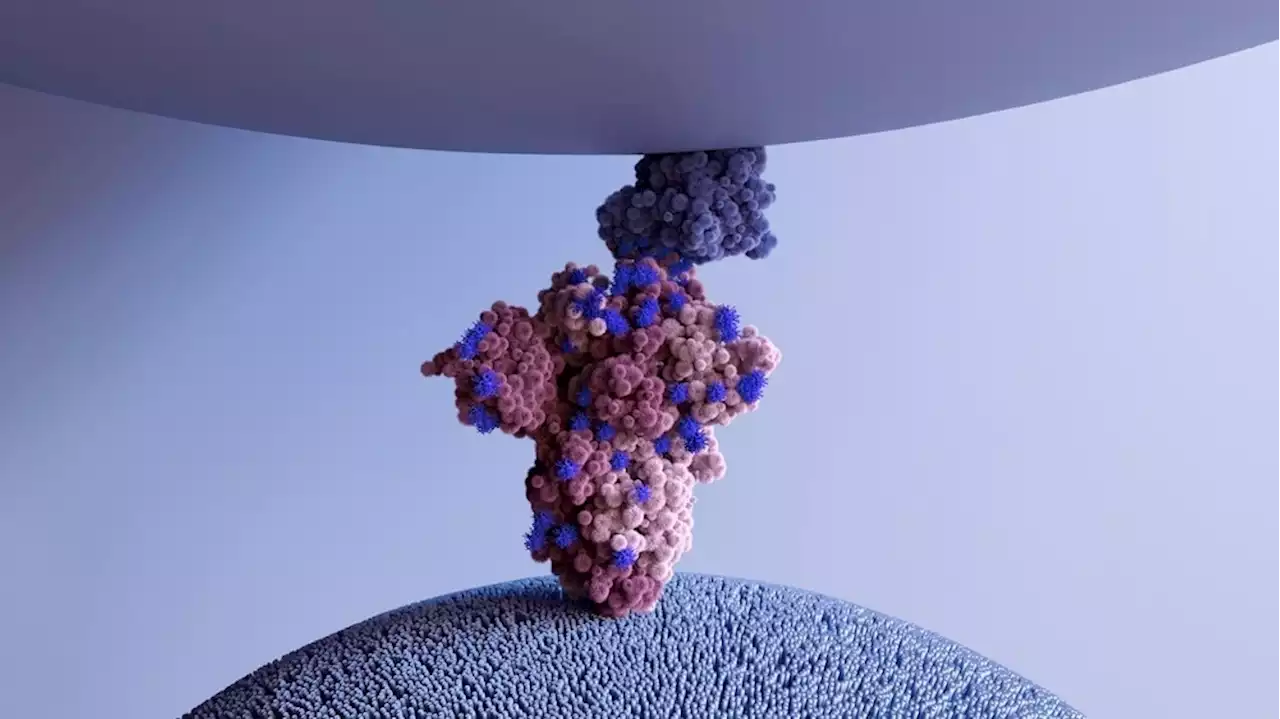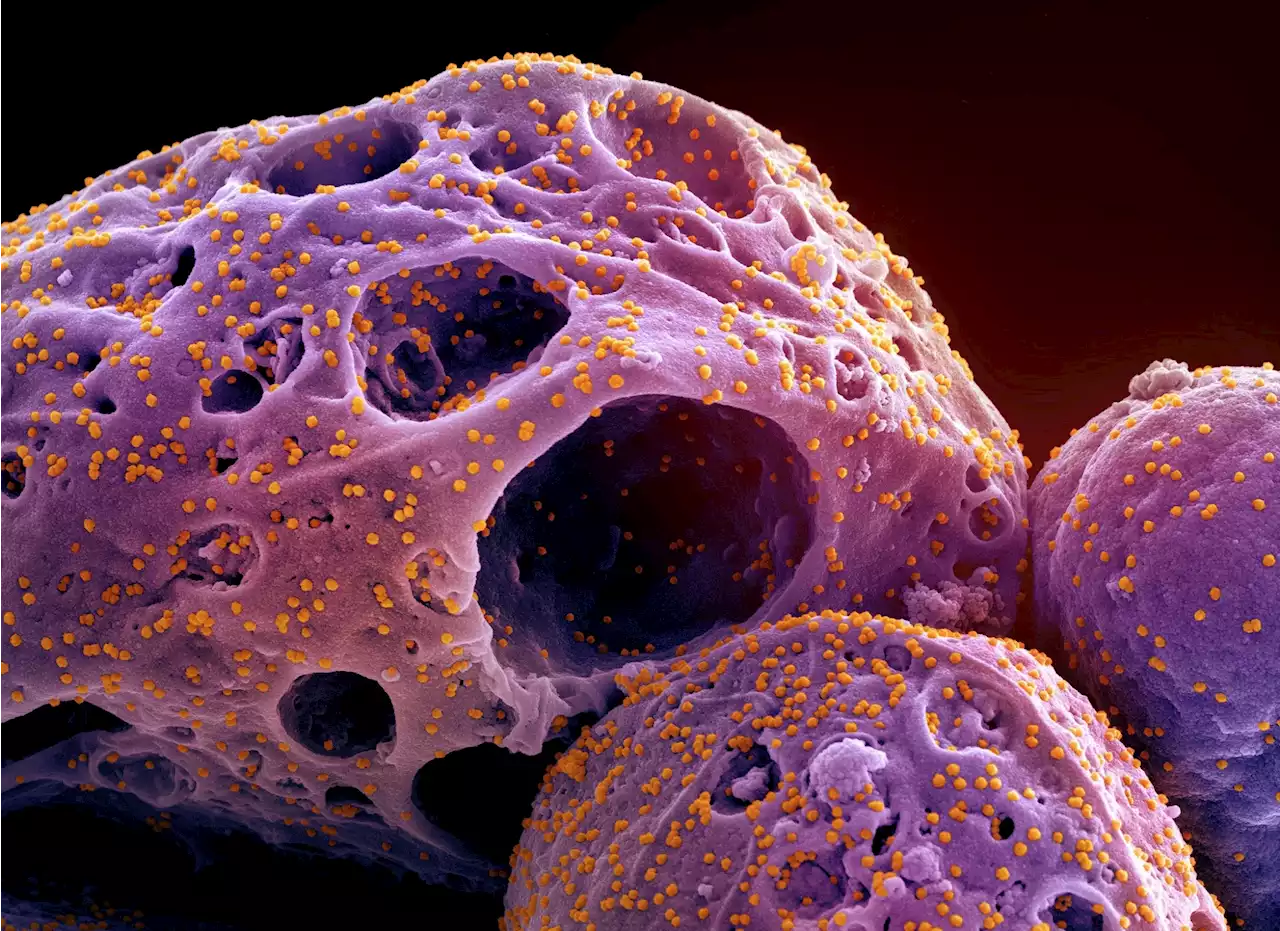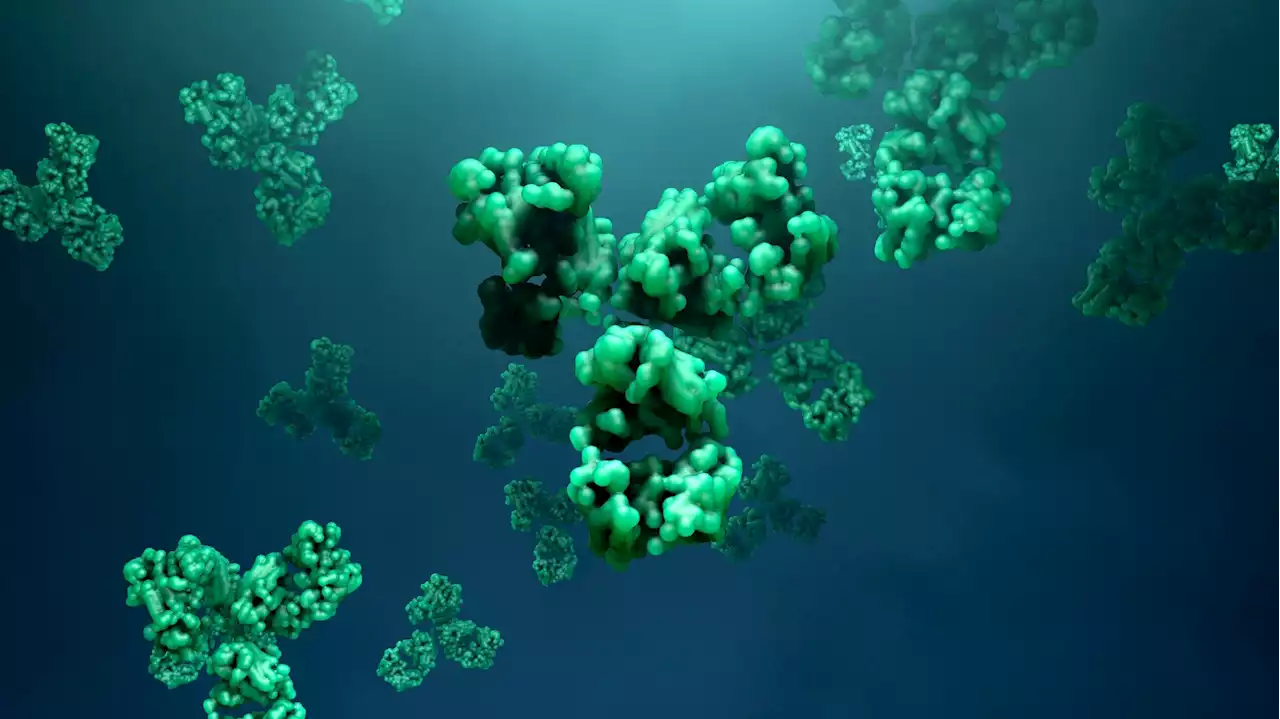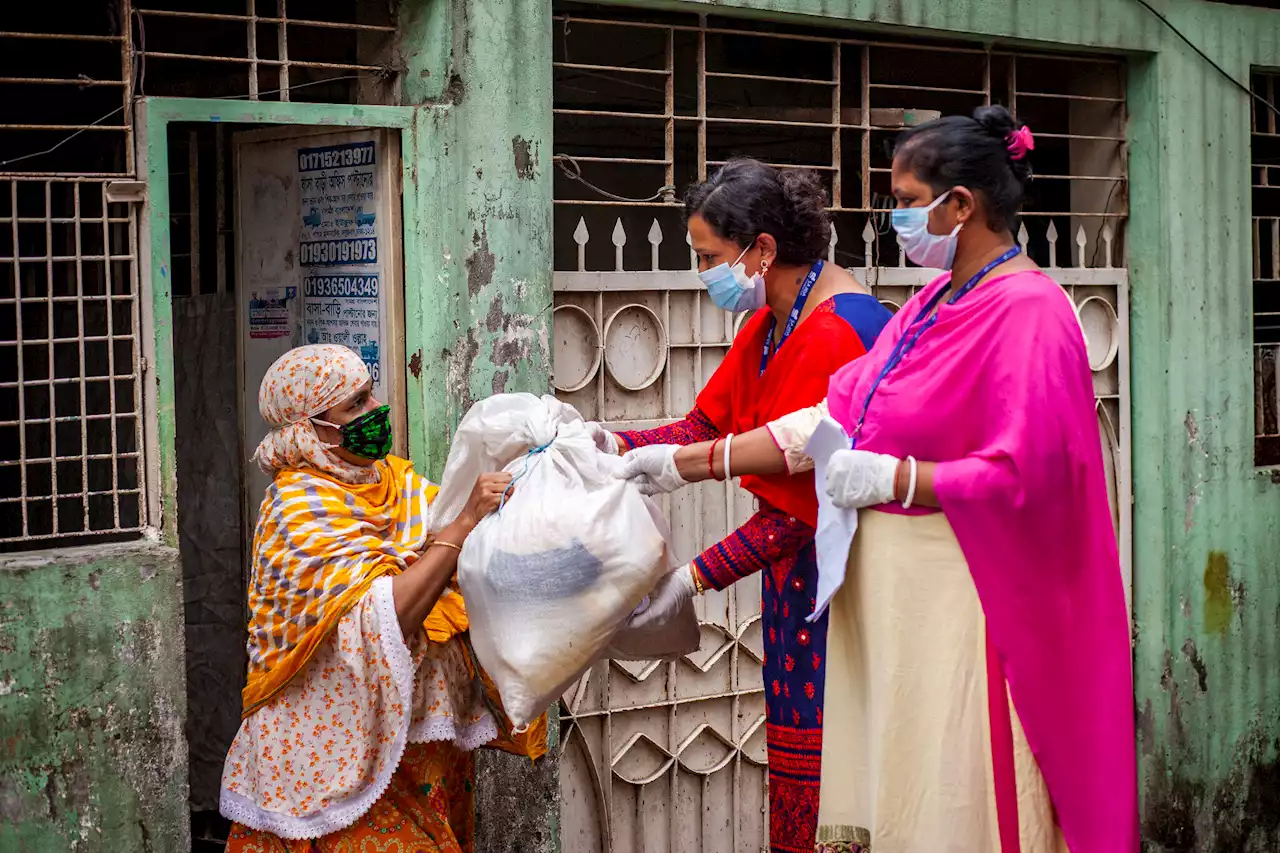Multidisciplinary experts reach consensus on ending COVID-19 as a publichealththreat ISGLOBALorg nature
Women delivering aid during COVID-19 pandemic in India. Credit: UN Women/Fahad Abdullah Kaizer
As of October 2022, more than 630 million COVID-19 cases and more than 6.5 million deaths were reported . In addition, millions of patients with cancer and chronic disease have experienced dangerouscare delays, and long COVID continues to elude definitive treatment, posing an ongoing threat to survivors. The virus also continues to accumulate mutations that can make it better at evading previous immunity.
"Each country has responded differently, and often inadequately, which is partly due to a serious lack of coordination and clear goals," says Jeffrey V. Lazarus, head of the Health Systems Research Group and co-director of the Viral and Bacterial Infections Program at ISGlobal, Associate Professor at the University of Barcelona, and coordinator of the study.
Three of the highest-ranked recommendations are: adopt a whole-of-society strategy that involves multiple disciplines, sectors and actors to avoid fragmented efforts; whole-of-government approaches to identify, review, and address resilience in health systems and make them more responsive to people's needs; and maintain a vaccines-plus approach, which includes a combination of COVID-19 vaccination, other structural and behavioral prevention measures, treatment, and financial support...
Brasil Últimas Notícias, Brasil Manchetes
Similar News:Você também pode ler notícias semelhantes a esta que coletamos de outras fontes de notícias.
 Frontiers | SARS-CoV-2 specific antibody trajectories in mothers and infants over two months following maternal infectionInfants exposed to caregivers infected with SARS-CoV-2 may have heightened infection risks relative to older children due to their more intensive care and feeding needs, and may experience more severe infection due to their less developed immune systems. However, there has been limited research on COVID-19 outcomes in exposed infants beyond the neonatal period. Between June 2020 – March 2021, we conducted interviews and collected capillary dried blood from SARS-CoV-2 infected mothers and their infants (aged 1-36 months) for up to two months following maternal infection onset (COVID+ group, 87% breastfeeding, n dyads=46 dyads). Comparative data were also collected from breastfeeding mothers with no known SARS-CoV-2 infection or exposures (breastfeeding control group, n dyads=26), and mothers who tested SARS-CoV-2 negative after experiencing symptoms or close contact exposure (COVID- group, n dyads=11, 73% breastfeeding). Dried blood samples were assayed for anti-SARS-CoV-2 S-RBD IgG and IgA positivity and anti-SARS-CoV-2 S1 + S2 IgG concentrations. Within the COVID+ group, the mean probability of seropositivity among infant samples was significantly lower than that of corresponding maternal samples (IgG 0.54 vs. 0.87; IgA 0.33 vs. 0.85), with likelihood of infant infection positively associated with the number of maternal symptoms and other household infections reported. COVID+ mothers reported a lower incidence of COVID-19 symptoms among their infants as compared to themselves and other household adults, and infants had similar PCR positivity rates as other household children. No samples returned by COVID- mothers or their infants tested antibody positive. Among the breastfeeding control group, 44% of mothers but none of their infants tested antibody positive in at least one sample. Results support previous research demonstrating minimal risks to infants following maternal COVID-19 infection, including for breastfeeding infants.
Frontiers | SARS-CoV-2 specific antibody trajectories in mothers and infants over two months following maternal infectionInfants exposed to caregivers infected with SARS-CoV-2 may have heightened infection risks relative to older children due to their more intensive care and feeding needs, and may experience more severe infection due to their less developed immune systems. However, there has been limited research on COVID-19 outcomes in exposed infants beyond the neonatal period. Between June 2020 – March 2021, we conducted interviews and collected capillary dried blood from SARS-CoV-2 infected mothers and their infants (aged 1-36 months) for up to two months following maternal infection onset (COVID+ group, 87% breastfeeding, n dyads=46 dyads). Comparative data were also collected from breastfeeding mothers with no known SARS-CoV-2 infection or exposures (breastfeeding control group, n dyads=26), and mothers who tested SARS-CoV-2 negative after experiencing symptoms or close contact exposure (COVID- group, n dyads=11, 73% breastfeeding). Dried blood samples were assayed for anti-SARS-CoV-2 S-RBD IgG and IgA positivity and anti-SARS-CoV-2 S1 + S2 IgG concentrations. Within the COVID+ group, the mean probability of seropositivity among infant samples was significantly lower than that of corresponding maternal samples (IgG 0.54 vs. 0.87; IgA 0.33 vs. 0.85), with likelihood of infant infection positively associated with the number of maternal symptoms and other household infections reported. COVID+ mothers reported a lower incidence of COVID-19 symptoms among their infants as compared to themselves and other household adults, and infants had similar PCR positivity rates as other household children. No samples returned by COVID- mothers or their infants tested antibody positive. Among the breastfeeding control group, 44% of mothers but none of their infants tested antibody positive in at least one sample. Results support previous research demonstrating minimal risks to infants following maternal COVID-19 infection, including for breastfeeding infants.
Consulte Mais informação »
 Exploring trends in SARS-CoV-2 RNA concentrations in wastewaterExploring trends in SARS-CoV-2 RNA concentrations in wastewater medrxivpreprint Stanford EmoryUniversity SARSCoV2 COVID19 RNA Wastewater
Exploring trends in SARS-CoV-2 RNA concentrations in wastewaterExploring trends in SARS-CoV-2 RNA concentrations in wastewater medrxivpreprint Stanford EmoryUniversity SARSCoV2 COVID19 RNA Wastewater
Consulte Mais informação »
 Vimentin is an important co-receptor for SARS-CoV-2 infectionVimentin is an important co-receptor for SARS-CoV-2 infection Receptor SARSCoV2 Coronavirus Disease COVID ACE2 Vimentin iScience_CP IHU_Marseille univamu
Vimentin is an important co-receptor for SARS-CoV-2 infectionVimentin is an important co-receptor for SARS-CoV-2 infection Receptor SARSCoV2 Coronavirus Disease COVID ACE2 Vimentin iScience_CP IHU_Marseille univamu
Consulte Mais informação »
 Bivalent mRNA booster broadens humoral immunity against SARS-CoV-2 Omicron subvariantsResearchers at Emory University, Stanford University, and the National Institute of Allergy and Infectious Diseases evaluated whether bivalent coronavirus disease 2019 (COVID-19) boosters conferred protection against new Omicron subvariants.
Bivalent mRNA booster broadens humoral immunity against SARS-CoV-2 Omicron subvariantsResearchers at Emory University, Stanford University, and the National Institute of Allergy and Infectious Diseases evaluated whether bivalent coronavirus disease 2019 (COVID-19) boosters conferred protection against new Omicron subvariants.
Consulte Mais informação »
 Scientists identify a broadly neutralizing antibody against all dominant SARS-CoV-2 variantsScientists identify a broadly neutralizing antibody against all dominant SARS-CoV-2 variants Antibody SARSCoV2 Coronavirus Disease COVID biorxivpreprint WeillCornell UWMadison scrippsresearch UChicago IcahnMountSinai seattlechildren
Scientists identify a broadly neutralizing antibody against all dominant SARS-CoV-2 variantsScientists identify a broadly neutralizing antibody against all dominant SARS-CoV-2 variants Antibody SARSCoV2 Coronavirus Disease COVID biorxivpreprint WeillCornell UWMadison scrippsresearch UChicago IcahnMountSinai seattlechildren
Consulte Mais informação »
 How does imprinted SARS-CoV-2 humoral immunity drive convergent Omicron evolution?How does imprinted SARS-CoV-2 humoral immunity drive convergent Omicron evolution? evolution SARSCoV2 immunity COVID19 coronavirus covid Omicron
How does imprinted SARS-CoV-2 humoral immunity drive convergent Omicron evolution?How does imprinted SARS-CoV-2 humoral immunity drive convergent Omicron evolution? evolution SARSCoV2 immunity COVID19 coronavirus covid Omicron
Consulte Mais informação »
